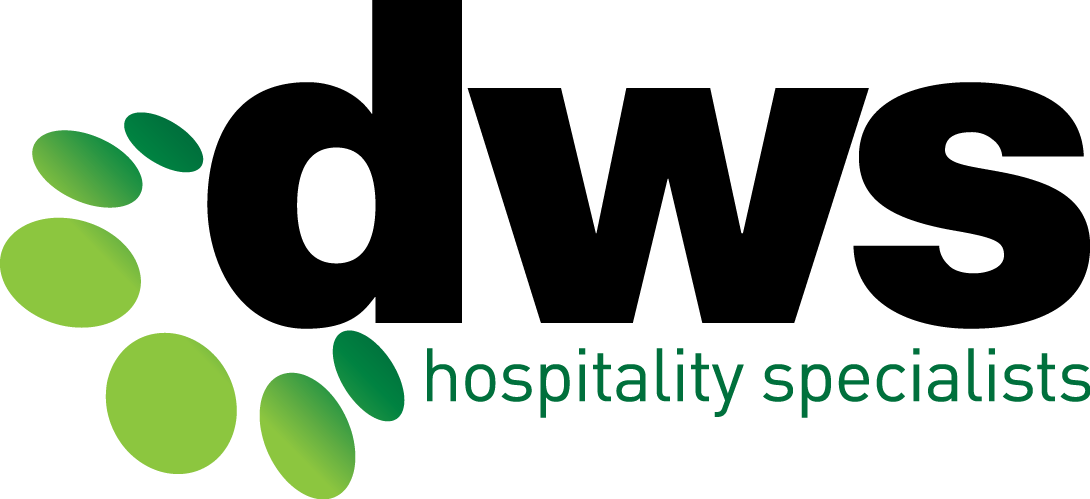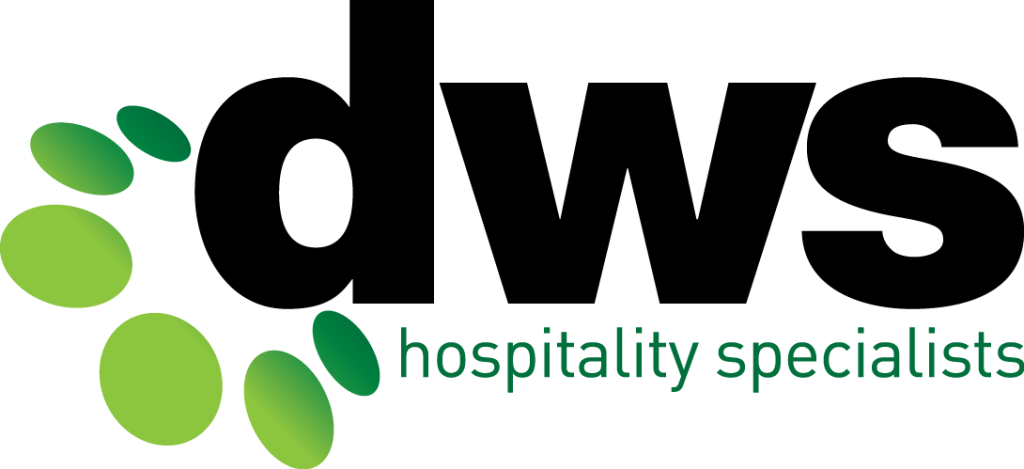If you have ever had the privilege of working for a successful hospitality operator, you know one thing: No matter how good your business concept is, if you don’t track and manage your customers, employees and service data, it’s impossible to maintain long term viability.
Granular sales and operational data combined with macro-level trends provides you with business insights that allow you to make impactful, long-term decisions and track the health of your businesses. How do you measure up? It’s undeniable that reliance on this data will give you a sound foundation for the future. Without meaningful, data-driven insights your business is flying blind.
Deciding on the data to collect, report and measure is critical, but with so much data available, it can be a challenge to identify what to track.
An astute financial controller would list metrics like hotel occupancy, room average daily rate, revenue per available room, the number of people in house, the number of covers in your restaurants and bars. Those in the gaming machine space would look to record machine utilisation, average daily revenue, player loss and hold. Keeping statistics helps you understand the low and high demand periods, which assist you to formalise minimum staffing and costed rosters.
Here are a few ways venues can use data to drive profits:
- Measure Speed of Service
Speed of service is one of the most important touchpoints for a customer. Consumers are busier than ever, and the expectation of quick service is critical and par for the course in these days of Uber Eats. So, does your operation measure it? Measuring speed of service will help you identify performance bottlenecks and fix processes that aren’t working.
Measuring how long each step of the service process is taking is the key. You need to know how much time customers spend ordering items, how long it takes them to pay, and how long it takes to collect their food order or for food to be delivered to their table.
- Food and beverage operations – Break the operating day into meal periods
Surprisingly not all operations break their service periods of breakfast, morning tea, lunch, afternoon tea, dinner and supper into distinct revenue lines. The importance of knowing the demand for each meal period is critical in ascertaining how to roster and more importantly if that meal period is profitable and required.
Most point of sale and accounting systems will allow an interface which records both statistics and revenues per meal period. Establishing the parameters and then setting the system up in the backend is all that is required. Once it is up and running, front of house staff can easily be trained to close and open shifts in the POS.
The benefits of reporting by meal period are significant when considering making informed management decisions.
- Tracking covers and average spend per meal period
Tracking the number of customers is one of the simple pieces of data to collect, surprisingly many operations fail to record it accurately and consistently. What’s more, once they collect it, they fail to report it daily to senior management.
By collecting covers, your business can identify other important business insights. You can track the average spend per person for food and beverage. The spend per head assists you to fine-tune your menu which in turn assists you to optimise cost of goods and helps you to identify peak trading days and drive sales. You can also use it to identify other issues in an outlet that have larger implications.
For example, if the outlet is running at a loss, covers information per meal period allows you to identify which meal period is performing poorly. In addition, it may assist you determine if over staffing of the outlet is occurring.
Tracking this metric could not only drive revenues, but also help identify rostering and wage cost over-spend.
- Costed Roster
What is a costed roster? It is the single most important way to control wages. If you set the number of employee hours by meal period or shift by forecasting the revenue you expect to earn in that period, you can simply calculate the $ you can spend on wages, assuming you know the desired/budget wage %.
Revenue x Budget Wage % = $ you can spend on wages
Costed rostering is much simpler for some larger organisations that have a payroll and rostering software which allows you to easily input and then review hours and wage costs relative to the revenue taken during a meal period. For those that don’t have this sophisticated technology, it is more of a manual task to track the number of hours worked by employees. Nevertheless, managing the single most expensive part of your business dictates it should be a major and weekly focus. Doing so will provide you with a valuable insight to improve profitability.
An important part of costed rostering is determining your outlet’s minimum staffing roster. That is, you need to create a roster for each service department based on the minimum number of employees you would require to keep it running. From concierge to housekeeping, kitchen, front office, F&B outlets to name a few. So why is a minimum staffing roster important? It establishes the minimum cost to operate the area, discourages the “what if” style of rostering, and it confirms the service level management expects/accepts.
Weekly reporting of hours, wage cost and revenues per meal period per outlet is the goal.
This can be a bit overwhelming so if you are looking for some advice and a simple excel template, send me an email at paul@dws.net.au.
What are the benchmarks for your business?
If you are keen to know more about your operation’s industry benchmarks or are seeking some assistance in improving your business performance or processes, please drop me an email or call.



